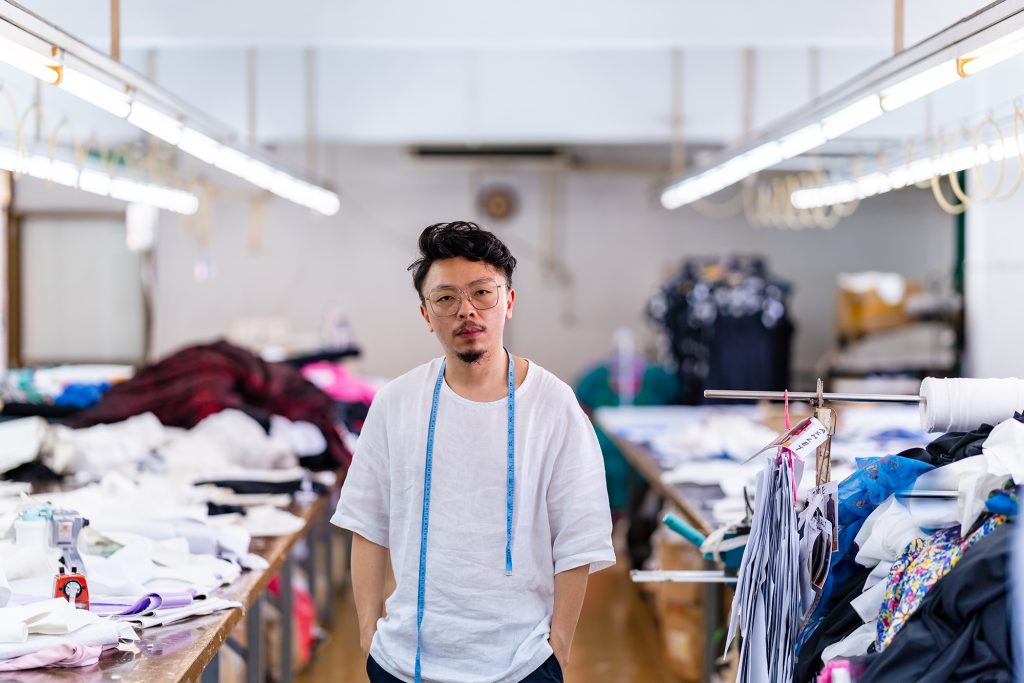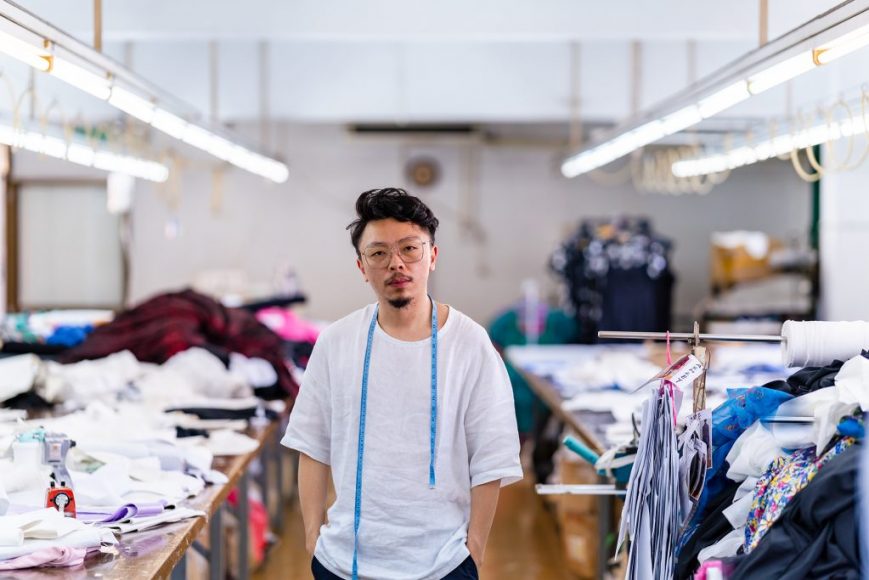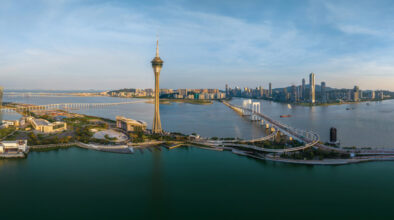In 2012, Steven Tai had what he would call his “big break.” At just 28 years old, the fashion designer debuted his Spring/Summer 2013 collection at the Mercedes-Benz Fashion Week in Berlin. Tai’s designs were based on the idea of “celebrating ‘social outcasts’,” nerds and geeks, he says.
“It was so surreal,” Tai recalls. “It was as if I was suddenly experiencing [a scene] that I only ever expected to see on television.” Following his debut on the big stage, Tai returned to his family’s garment factory in Macao to prepare collections for other upcoming fashion shows.
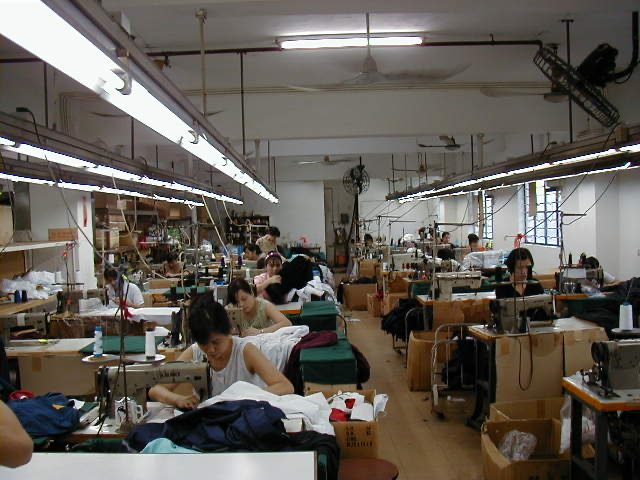
The factory – which his grandfather named “Shamrock” after the lucky Irish clover because it symbolises faith, hope and love – traces its history to the 1980s when the clothing factory opened along Av. Coronel Mesquita. One of Macao’s oldest and last-remaining garment factories, Shamrock has seen many fashion seasons, trends, styles and clients.
Alice Choi, Tai’s mother, opened the factory over 40 years ago in an era of oversized blazers, baggy jeans and bubble skirts. But unlike many other clothing factories at the time, Shamrock focused on performance-driven sportswear, producing lines for major international clients such as Adidas.
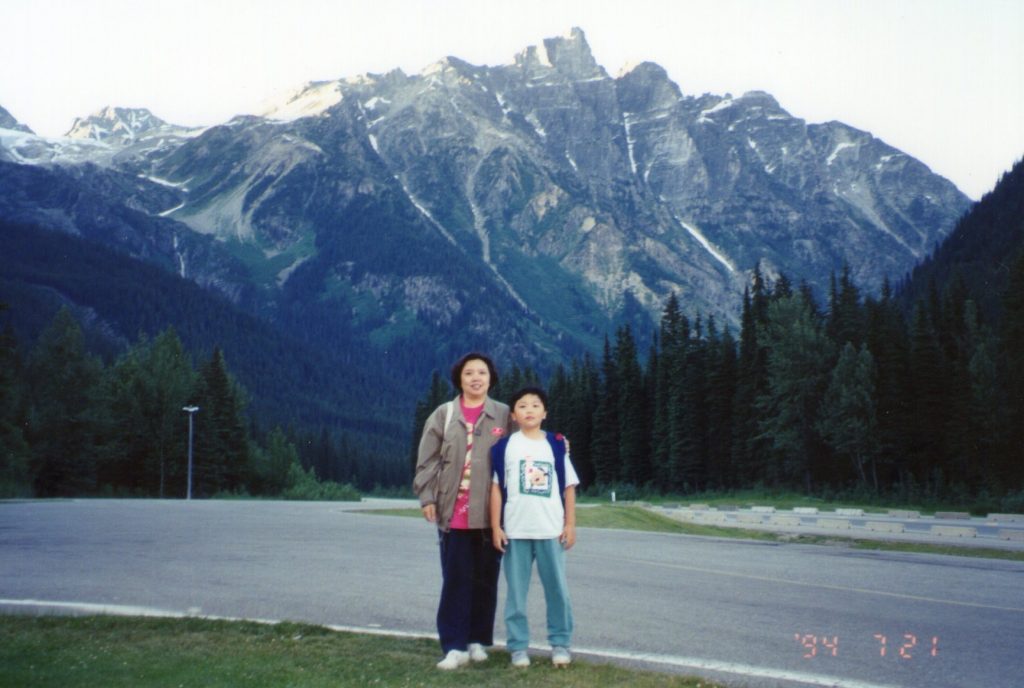
Born in Macao in 1984, Tai recalls growing up in a rapidly changing city while his mother worked around the clock, running the factory. There was a toy store and video arcade nearby, which he visited often as a child while studying at Pui Ching Middle School until fourth grade.
Tai understood from an early age that garment manufacturing was a way of life for his family. His grandfather, Charles Choi, moved from Shanghai to Hong Kong to look for new opportunities. He opened a knitwear factory called Orlando Stars in the early 1970s, while the rest of the family lived in Shanghai. Over time, Choi managed to bring six of his seven adult children to Hong Kong – all except Tai’s mother.
“My mom was in Shanghai waiting for my dad since he had to handle some paperwork,” Tai says. “By the time he was ready, Hong Kong would not accept any more people for a while. I think it’s because of policy changes in the early 1980s and too many people flooded in.”
Instead of Hong Kong, Tai’s grandfather sent Alice Choi, a secondary school mathematics teacher in Shanghai at the time, to Macao because it seemed like a good place to start a business, and the city was still accepting immigrants.
Tai’s mother set up Shamrock and started a T-shirt and sportswear business. “My mom struggled that first year – my grandfather was really tough on her because he wanted his children to be the best in whatever they were doing,” Tai says.
Tai’s grandfather pressured Choi to get the business on its feet, sending her a few smaller clients to help. Working day and night, Choi managed to break even. And though she did not make a profit the first year, they saw this as progress.
About eight years later, Choi had a lucky break. Adidas and Umbro, two of the world’s biggest sportswear brands, came knocking on her door. At the time, Macao’s manufacturing industry was growing rapidly and the city had earned a reputation for its high-quality garment factories. “Each factory around the world had a reputation for the type and quality of garment it makes,” Tai recalls. “And Adidas and Umbro liked the way our factory produced garments; to this day, we have a very systematic way of making clothing with great care.”
From Macao to Milan
A few years before the handover of Macao from Portuguese to Chinese administration, Tai’s parents took him to Canada for the summer. When summer ended, Tai returned to Macao, and his parents gave him a choice: he could stay in Macao or move to Canada. “I had a bad day at school that day,” he recalls. “So I said, ‘I’ll move to Canada.’ It was my decision and, still today, I think it was crazy for a nine-year-old to decide that.”
In 1993, Tai relocated to Vancouver with his father, and studied at Edith Cavell School, then attended Prince of Wales secondary school. While he wasn’t one of the hardest-working students – he spent most of his time playing video games and watching films – Tai loved creative fields. He taught himself to play the guitar and enjoyed photography.
At 16, Tai realised he’d need to improve his grades to get into the University of British Columbia (UBC), so he put his head down and studied. Tai graduated from UBC in 2007 with a business degree but eventually shifted his sights to fashion. “I’ve always liked the idea of making crazy clothes,” Tai says. “Like the ones you see on the runway, who would wear that? But at the same time, it was a business opportunity.”
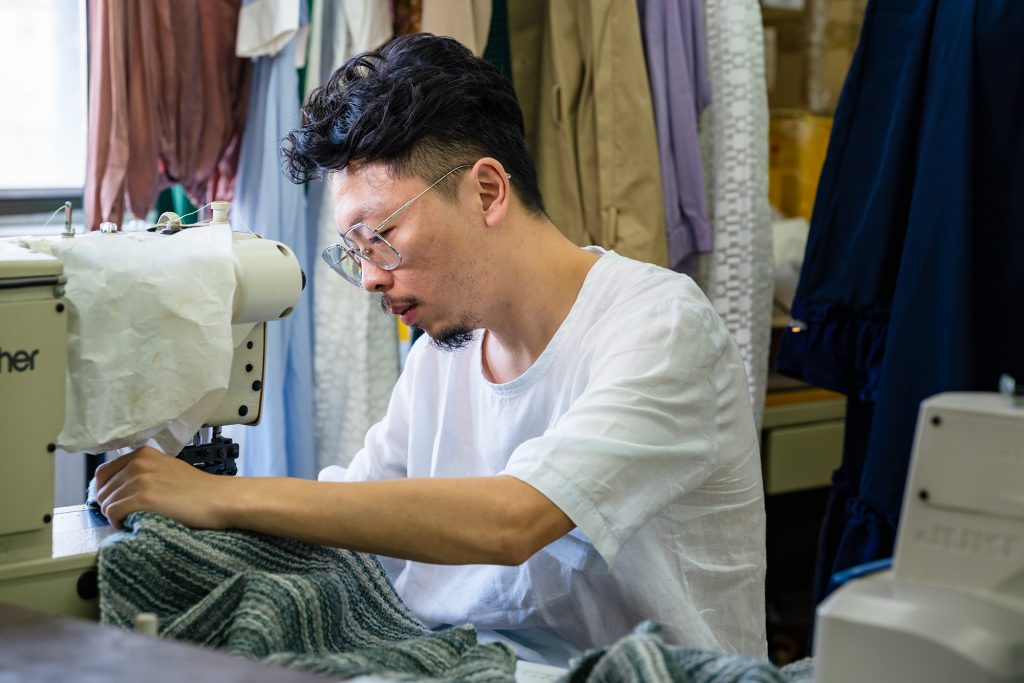
He applied to one of the most acclaimed fashion colleges, Central Saint Martins in London, which changed everything. In fashion school, Tai encountered a highly competitive atmosphere. The ambitious designer pursued different internships every winter to improve his craft, gaining experience under designers at Viktor & Rolf, Puma by Hussein Chalayan MBE and Bless (a design house with locations in Paris and Berlin). After graduating in 2011, Tai landed an internship with Stella McCartney.
That same year, he had an opportunity to take part in the Hyères Fashion Competition for emerging designers in the south of France, where Japanese fashion legend Yohji Yamamoto – one of Tai’s major influences – was a judge. Tai was a finalist and took home the Chloé award in recognition of his innovation and creative excellence.
In 2012, Tai asked his mother if he could take over the factory and she agreed. Choi was ready to slow down, though she continues to help out to this day. That same year, Tai had an opportunity to present 25 looks at Berlin Fashion Week. With the deadline just a month away, Tai hired a few interns to help him complete the mammoth task. “I had interns when I was an intern,” Tai laughs.
After showcasing his work in Berlin, Vogue Italy invited Tai to work on a project with a company in New York. Since Tai’s internship at Stella McCartney was coming to an end, Tai wanted to “strike while the iron was hot,” he says. Given the interest in his designs, Tai officially established his brand in London, then returned to Macao to produce his collections at the Shamrock factory.
“My brand’s garments are experimental, and I treat making a garment like I’m making a work of art,” Tai says, adding that he specialises in fabric manipulation and unconventional cuts. He loves fashion and design because he gets “obsessive” when manipulating fabrics in such a detailed way. “Finally, the vision just clicks in my head.”

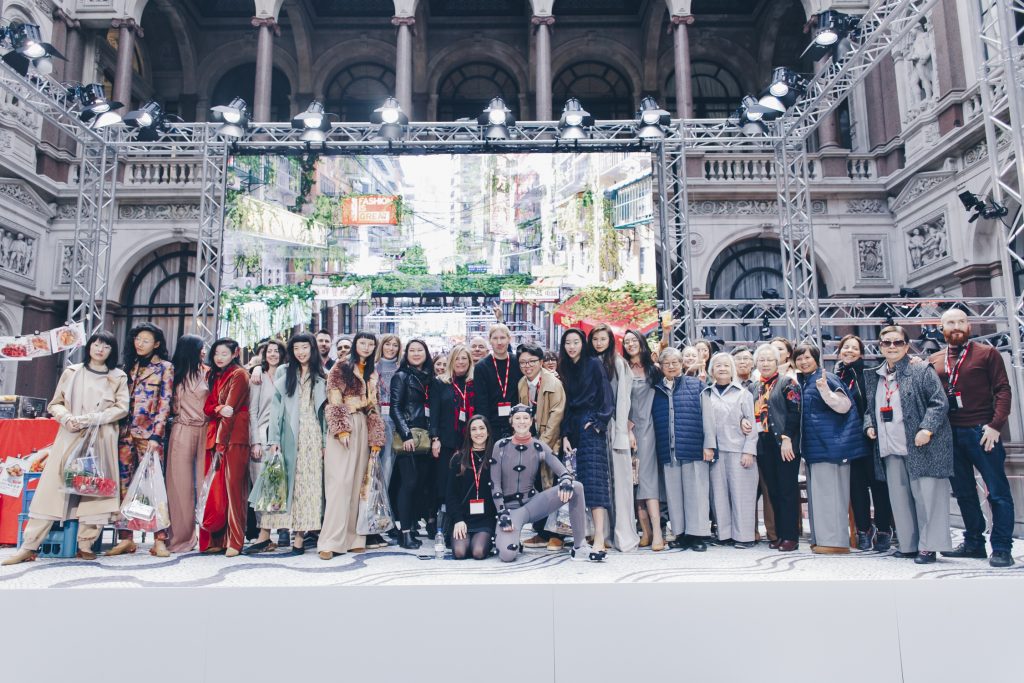
From 2012 to 2015, Tai attended various fashion competitions and was sponsored to travel to New York, Milan, Athens, Zagreb and Toronto. In 2016, Tai fulfilled his dream to showcase his designs at London Fashion Week, one of the most prestigious fashion events on the calendar. From then on, things “only got crazier,” he says. Paris Fashion Week invited Tai to join the show – the pinnacle of any designer’s career.
“I met a lot of Chinese designers who all came to Paris to sell their collections,” Tai says, adding that he too started selling his looks in Paris after the show rather than opening a standalone boutique. The designers he met in France told him about Shanghai Fashion Week, which Tai joined from 2017 to 2019.
In the meantime, he also attended London Fashion Week in 2018, which was “one of the most memorable experiences” for Tai. For the autumn-winter show, Tai collaborated with ILMxlab, the studio behind the special effects in the Star Wars films. The tech-savvy team helped share elements of Macao – the iconic pavement in Senado Square, neon restaurant signs, the city’s skyline – with visitors through an augmented reality experience. It was a successful experiment that Tai “will never forget”.
“My brand’s garments are experimental, and I treat making a garment like I’m making a work of art.”
Steven Tai
Building a runway in Macao
For Tai, who by now was running Shamrock, shifting the factory away from client work to produce his own collections made sense. “My mom understood, and she wasn’t sentimental about the prestige of brand names. Clients change over 40 years of business,” he says.
But around 2018, Tai started to feel burnt out, even dozing off while working on the company’s finances. The following year, he hit the breaks on his brand, ceased production and transitioned back to client work. This time, he focused the factory’s energy on creating high-fashion womenswear for clients rather than sportswear.
Having seen Tai’s garments worldwide, clients began approaching Tai for everything from consulting to full-scale production services. For example, British DJ and model Harley Viera Newton orders feminine clothes with a vintage touch for HVN. Many big names such as the Duchess of Cambridge Kate Middleton, English singer-songwriter Dua Lipa and pop superstar Ariana Grande have worn HVN’s clothes – and Tai felt immensely proud when he spotted an image of Jennifer Lawrence wearing a dress he designed for HVN.
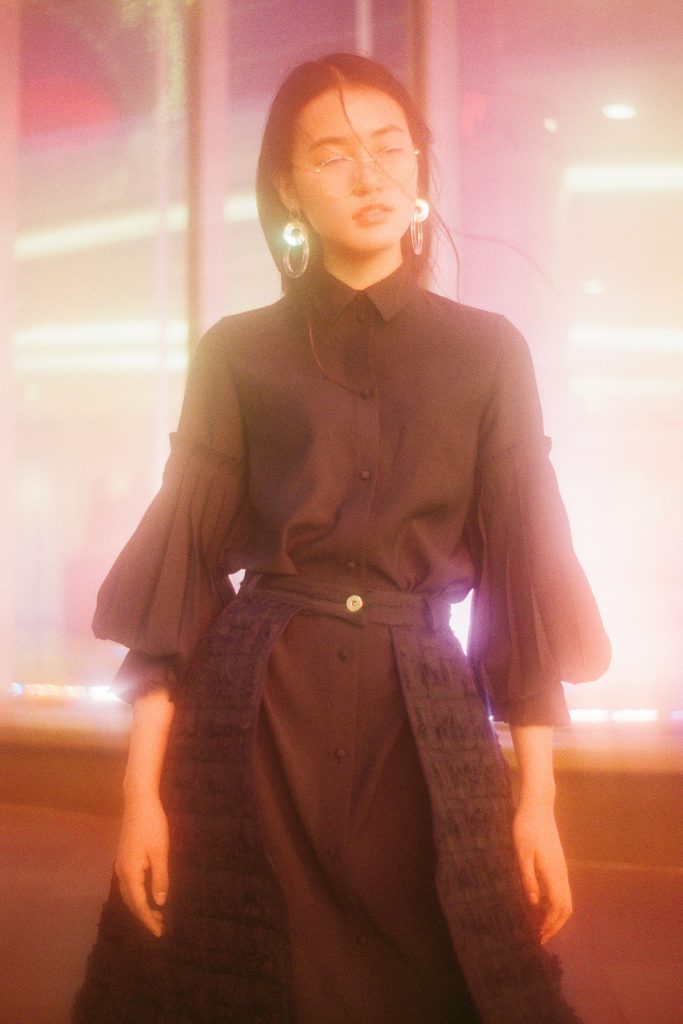

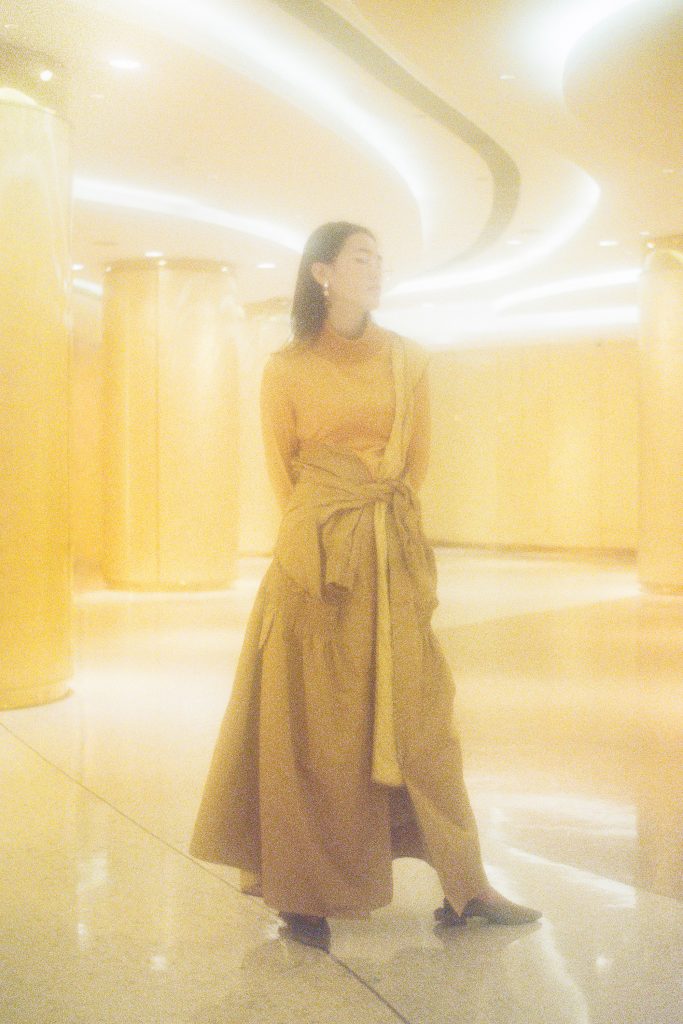
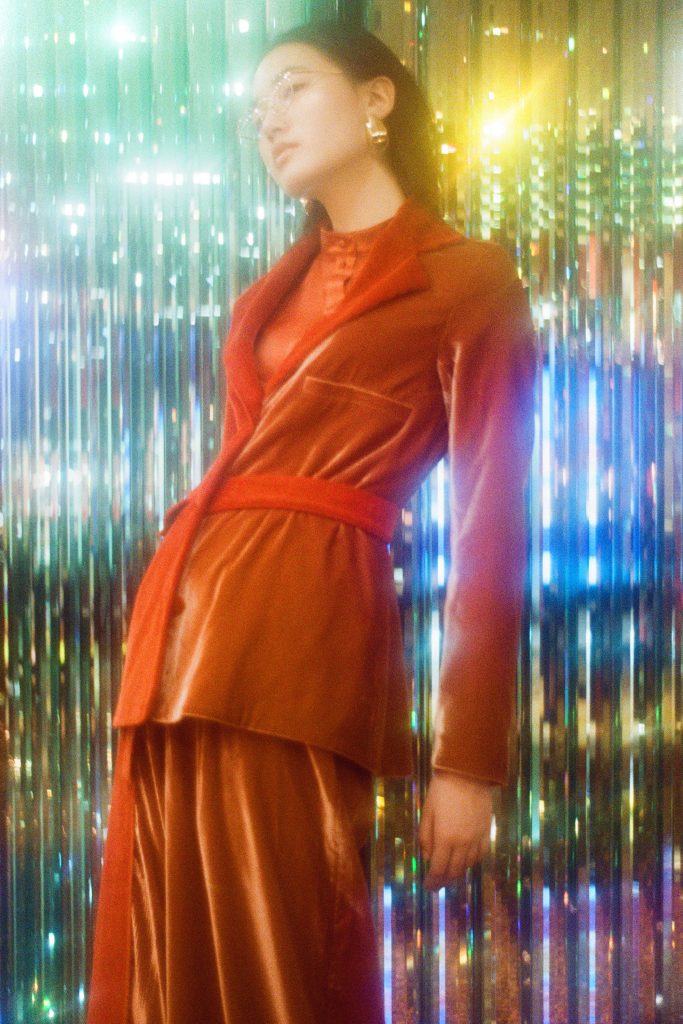
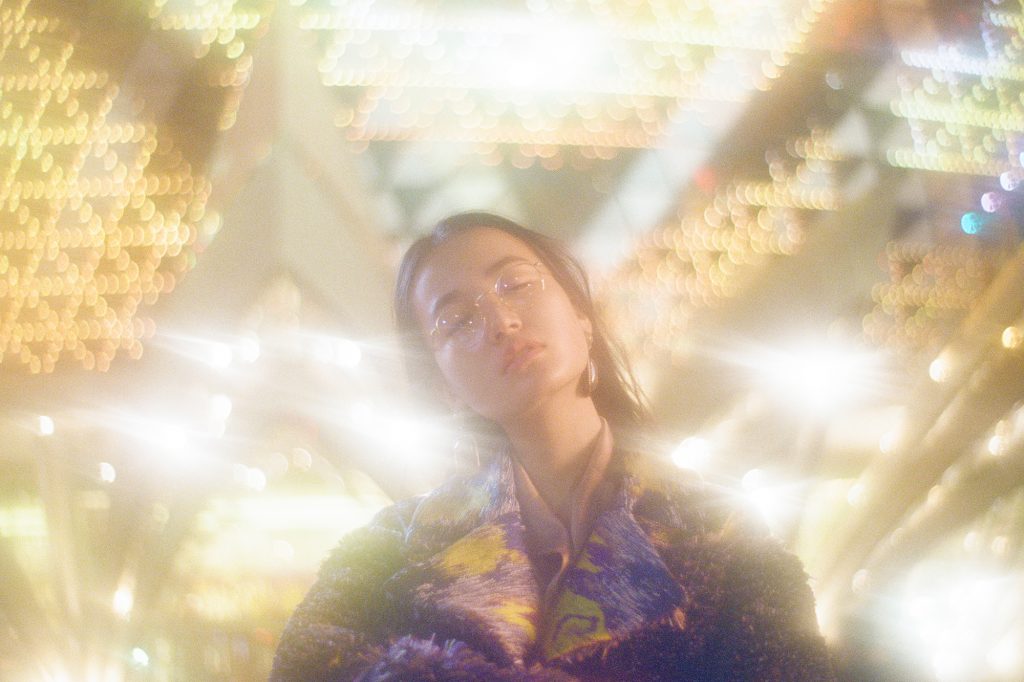
“A lot of people liked our techniques and way of making clothes,” Tai says, adding that his designs are “nerdy”. That may reflect his personality: Tai always saw himself as an outsider in Canada and the UK but never felt down about that. He always surrounded himself with other “weirdos”, he says, and never pretended to be someone he was not.
Tai’s mother, Alice, encouraged him to embrace individuality from a young age. “This started with my mom,” he says. “She’s a bit on the bigger side, and when I was young, I remember feeling sad that shopping was a stressful experience for her because she could never find clothes to fit her.”
Tai says “unconventional beauty” is the key to his designs, which are loose, comfortable and flattering for women of any size. The designer also partakes in many initiatives to spread body positivity and embrace all forms of beauty.
In 2018, Tai partnered with charity, Changing Faces, to create the “Portrait Positive Project” and invited 16 diverse women to model for a photoshoot with famous British fashion photographer John “Rankin” Waddell. “It was really meaningful, and the women were so amazing,” Tai says. “They’re always putting themselves out there, and the project celebrates everyone for who they are.”
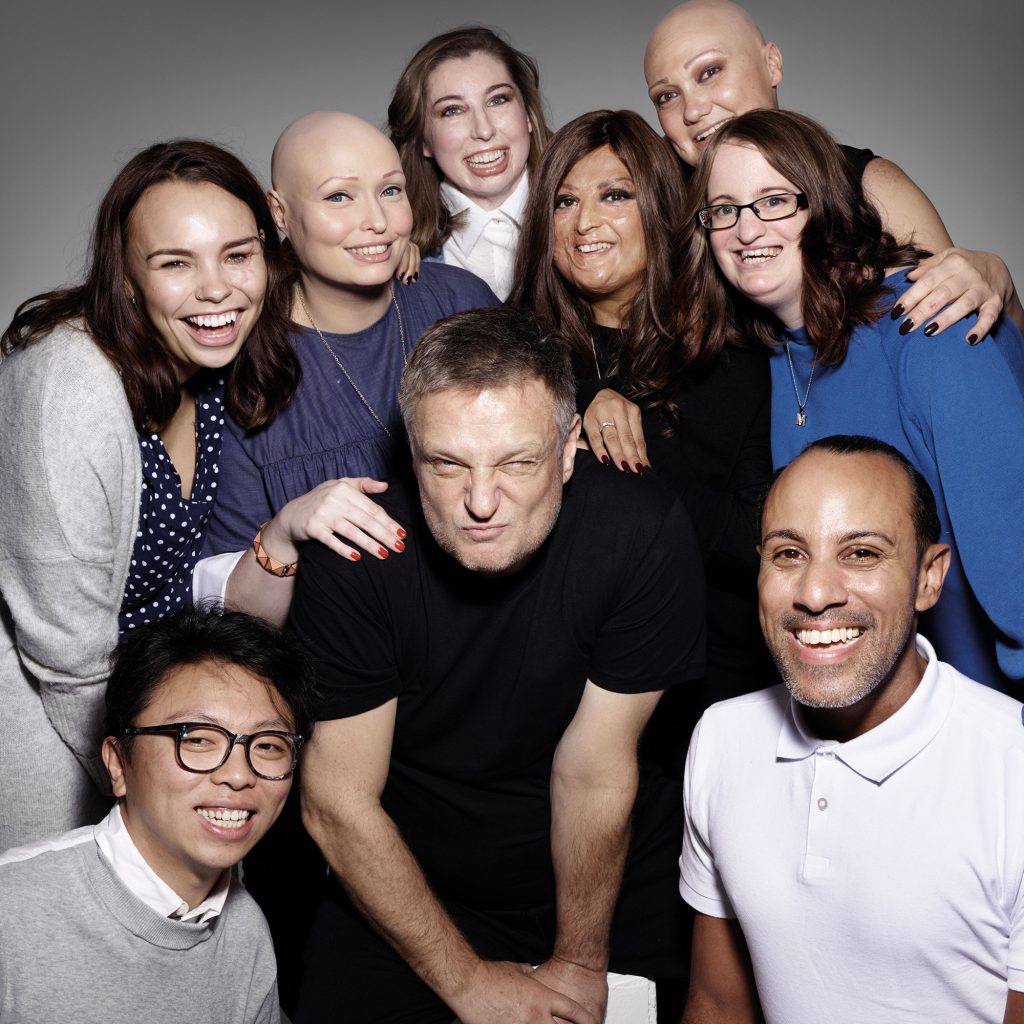
It’s important to Tai to spread a message that fashion should be inclusive and beauty comes in myriad forms. As part of this ethos, Tai loves sharing his fashion experience with Macao students and helping budding designers through mentorship, teaching and advice.
“Designers can come to me for advice or just ask for a specific kind of fabric,” he says. “I am happy to share the industry contacts and help them enter the international market.”
Though the fashion industry is competitive, Tai says his mother and mentor taught him the value of hard work and preparation: “Success equals preparation and preparation [equals] opportunity,” he recalls his mother saying. “If you’re not willing to prepare, you can’t be successful.”
Lately, Tai has been considering a new direction for his brand. “I want to approach fashion less like a commodity and more as a creative expression,” he says. Tai feels inspired by Nicole McLaughlin, a New York-based designer who creates sustainable products that first began as a hobby.
McLaughlin creates items like beanies made of tennis balls, a vest made of waffles, shorts made of Haribo candy packets, bikinis from tiny camera pouches and many other unique products. Tai adds:
“I wish to find a way to communicate my thoughts or feelings via objects through [the medium] of clothes making.”
